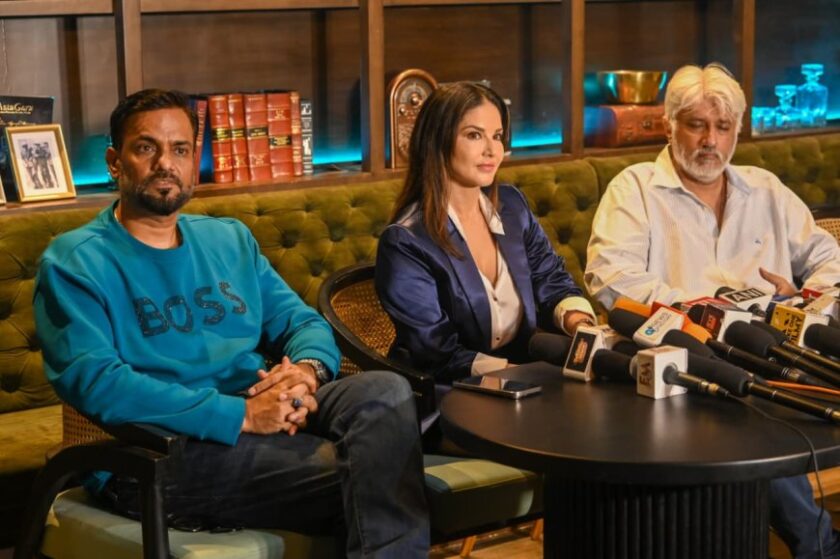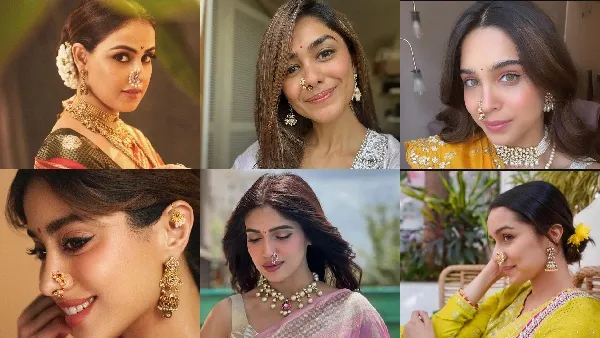The Dark Side of Viral Fame: How Instagram Reels Are Exploiting Bollywood Actresses
Mumbai: In the glittering world of Bollywood, where stardom glows brightly and every move is under public scrutiny, the rise of short-form video platforms like Instagram Reels has brought with it a disturbing trend—content creators chasing virality by filming actresses from behind, often without consent. While the medium of Instagram Reels has offered creators new avenues for storytelling and entertainment, it has also blurred the lines between fan culture and voyeurism, raising pressing ethical concerns.
Bollywood, with its global reach and celebrity-driven culture, has long held sway over the public imagination. Actresses like Priyanka Chopra, Alia Bhatt, and Katrina Kaif boast tens of millions of followers on Instagram. Their posts—whether they’re promoting films, attending events, or simply sharing snippets of their lives—garner instant engagement. The result is a digital gold rush, where content creators scramble to extract visibility from every possible moment featuring these stars.

But what happens when admiration turns invasive? A rising number of Instagram Reels now focus on actresses filmed from behind, often in candid, sexualized, or objectifying angles. Whether it’s walking down a red carpet, exiting an airport, or on a film set, the camera lingers not on their faces or expressions, but on their lower bodies—usually edited with catchy audio, slowed footage, and dramatic zooms. The aim is simple: to attract views, likes, and shares.
The Instagram algorithm, designed to amplify content that generates engagement, often plays an unwitting role in spreading such videos. The more a viewer watches—even if out of discomfort or curiosity—the more the algorithm registers interest, promoting similar content further. This mechanic is being exploited by creators who carefully toe the line of Instagram’s content guidelines, producing reels that may not overtly violate policies but still objectify and sexualize.
The ethical questions this trend raises are glaring. Bollywood actresses, while public figures, are entitled to the same privacy and respect as any other individual. Non-consensual filming, especially in a manner designed to highlight their physical features, is not just disrespectful—it borders on voyeurism. It strips away their agency and reduces their presence to a clickbait tool, a means to an end for someone else’s digital gain.
Real-world consequences of this kind of content creation are already visible. In Bengaluru, a 26-year-old man was arrested in 2025 for uploading non-consensual slow-motion videos of women on Instagram. Though not Bollywood-specific, the case sheds light on the growing culture of objectification in social media. Similarly, Pakistani influencers like Sajal Malik and Samiya Hijab have suffered due to leaked or fake explicit videos designed to trigger engagement through outrage and sensationalism. Bollywood stars could just as easily fall prey to such tactics, given their visibility.
For the actresses involved, such exposure can be psychologically damaging and reputationally harmful. The fake news reel about Nora Fatehi’s death—created with misleading footage to boost views—exemplifies how easily digital spaces can be manipulated for engagement, regardless of the impact on the individuals involved. Behind the glamour lies a vulnerability that is too often overlooked.
This kind of content not only distorts how women are perceived but also contributes to a culture where voyeurism is normalized. Young audiences, particularly Gen Z and millennials who consume Instagram Reels as a primary source of entertainment, may absorb these problematic portrayals, mistaking them for acceptable forms of admiration or humor. Over time, this shapes perceptions of women’s value, focusing more on aesthetics than intellect, talent, or agency.

Instagram, while having community guidelines that theoretically prohibit such content, has shown inconsistencies in enforcement. Users frequently report irrelevant or inappropriate content flooding their feeds despite enabling filters. The platform’s “Not Interested” option, meant to suppress such videos, often backfires by increasing watch time metrics and inadvertently boosting the content’s visibility.
Despite these issues, legal remedies remain patchy. While India’s laws—such as Section 354C of the Indian Penal Code—criminalize voyeurism, proactive enforcement is rare. The Information Technology Act, 2000, does offer protections against obscene material, but fails to address the nuances of modern digital exploitation, particularly in cases involving manipulated or misleading video content. Calls for stronger cyber laws are growing louder, especially as deepfakes and AI-generated content threaten to blur the boundaries of reality further.
The ethical breach, however, isn’t just legal—it’s cultural. By repeatedly presenting women through the lens of objectification, creators reinforce patriarchal norms, undermining decades of effort toward gender parity in the entertainment industry. Instead of being recognized for their craft or charisma, actresses become clickable objects in a digital landscape that rewards sensationalism.
Some precedents may guide change. In 2025, the Bar Council of India banned lawyers from using celebrity faces to promote legal services, recognizing it as a breach of ethical conduct. Similar frameworks could be extended to social media creators who misuse celebrity content for clout. Collaborations between Instagram, film industry bodies like the Film and Television Producers Guild, and cybersecurity experts could help draft clear content policies and establish penalties for violations.
Public awareness and education also hold the key. Encouraging creators to understand the importance of consent, privacy, and digital ethics is crucial. Campaigns led by platforms, in collaboration with Bollywood figures, can help reshape the narrative. Actresses themselves, like Juhi Parmar—who recently called out inappropriate content using her song—can play a pivotal role in sparking dialogue and demanding accountability.
Finally, industry stakeholders must provide support to those targeted. Psychological counseling, legal aid, and institutional backing can empower actresses to speak up and take action when needed. Content creation in the digital age should be about creativity and expression, not exploitation. It’s time to draw a clear line between appreciation and appropriation.
In the race for Reels, let’s not trample dignity.





